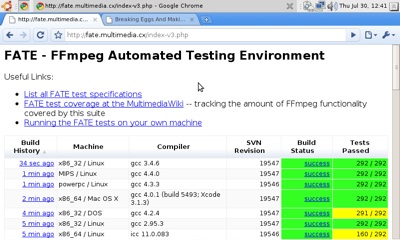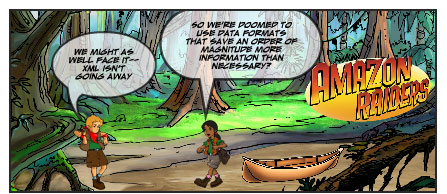For my latest silly little project, I created an offline database containing information about Apple’s iPhone App Store, made it browseable offline with full text search, and even generated some nifty charts and tables about the apps. Wanna see?
Go here for all of the juicy data.
Introduction
Have you ever gotten one little spark of an idea and started to research and prototype it, only to have it snowball into something absolutely unrecognizable in a short period of time? As I write up this idea, I can scarcely remember how I started down the path of creating an offline, web browser-accessible version of Apple’s iPhone App Store. On the way, I learned a bunch about modern web programming and even full text search.
What’s wrong with me anyway? Why can’t I do simple exercises to come up to speed on certain well-established concepts? I think normal people would start out by developing trivial websites showcasing pictures of their cats when trying to get up to speed on modern web development. But no, not me. No, I just have to punish myself by dreaming up the most outlandish scenario in which to learn some technology, purely as an ancillary goal to a bizarre primary focus.
The Pitch
Look, here’s how it happened: Remember, I contribute heavily to this video game database called MobyGames. The database excels in archiving data about arcane systems and obscure, archaic titles. That, and Barbie games, thanks to my tireless efforts. The database has challenges keeping up with all the latest and greatest releases for all kinds of systems. However, this whole iPhone App Store thing is really throwing us a curveball. In just a little over a year, over 13,000 unique titles categorized as “games” have accumulated for the iPhone/iPod Touch system. At the time of this writing, MobyGames has cataloged a meager 111 of these titles.

